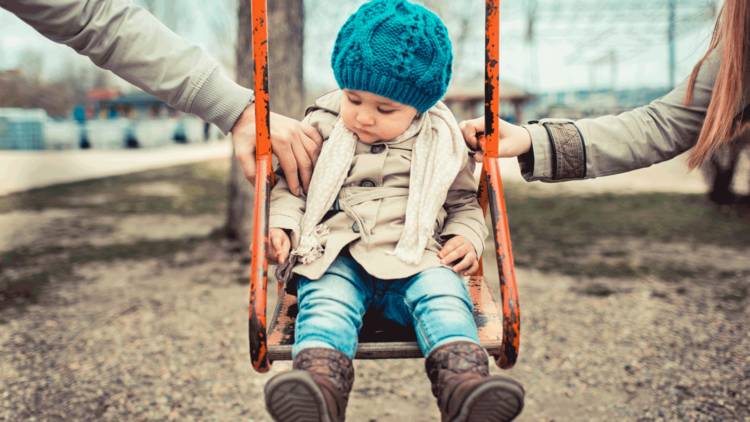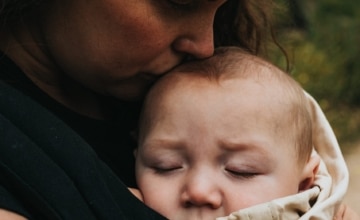By Claire Lerner
Divorce isn’t easy for anyone, especially for young children.
The most important thing parents can do is take time to manage their own feelings so they can focus on the needs and feelings of their children. When parents are able to collaborate, it helps children feel safe, secure, and loved—even as their family is changing.
We read the research and found five tips for supporting children during a separation or divorce:
1. Protect children from seeing conflict.
When children see lots of their parents’ arguments before a separation, they are at increased risk to experience depression and display aggression—even as preschoolers. Continued conflict during the divorce is also very upsetting to young children. Couples may benefit from counseling to reduce their conflict and shield children from witnessing it.
2. Don’t ask children to take sides.
Children are able to cope well with divorce when they can hold onto strong, loving relationships with both parents. This means that children should never feel that they are in the middle of their parents’ divorce, or that they are betraying one parent by loving the other. While there may be tension between the adults, parents should let children know that it is okay to love and be close to the other parent. Parents should also avoid criticizing each other in front of the child.
3. Recognize their children’s feelings.
It is upsetting for parents to see their children sad or angry about the divorce. Naturally, many parents want to make those feelings go away. But recognizing children’s feelings—letting them know it’s okay and normal to be angry, sad, confused, or afraid—is important. When children feel they can share their feelings about the divorce, they are less likely to “act feelings out” through their behavior.
4. Communicate effectively with one another about challenges that arise.
This means that parents work together to think about the reason behind a child’s behavior and decide how they want to respond. For example, young children often cry or tantrum as they make the move from one parent’s home to the other. This doesn’t mean the child doesn’t want to see the other parent. It’s a typical response to an uncomfortable change.
Parents can help in this situation. First, name the child’s feelings. Then remind the child about the routine: “I know it’s hard to say good-bye. We will miss each other. But you and Daddy are going to have a great time together, and I will see you again in 2 days.” While it can be hard when there is a lot of anger between parents, responding like this helps children adjust to these big changes.
5. Agree on limits and routines for children that can be used in both homes.
This type of consistency increases a child’s sense of safety during and after the divorce, especially if they are moving between homes frequently. A coparenting counselor or child development specialist can help parents talk through these issues, if needed.
Coparenting well can be hard, especially as parents work through their own feelings about the divorce. Asking for help—from a counselor or other support person—is a sign of strength, and shows you are committed to helping your child thrive. Shielding your little one from adult issues and encouraging them to share their feelings builds resilience. They will see that even though their world is changing, your love for them will always be there.
NOTE: All guidance in this resource assumes that no abuse or maltreatment is occurring in the family, either intimate partner violence or child abuse, neglect or maltreatment.
Adapted from: Love You No Matter What.





